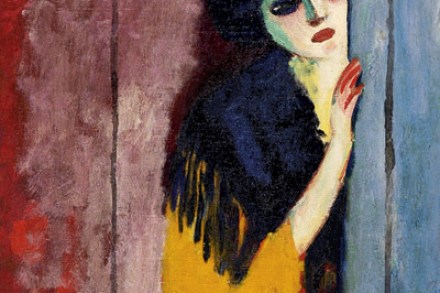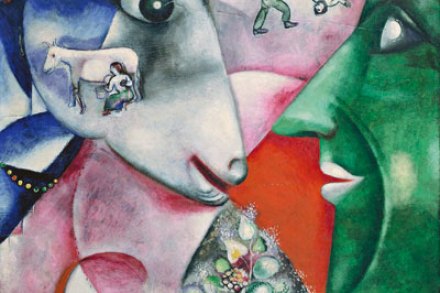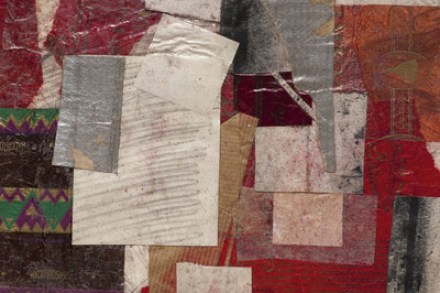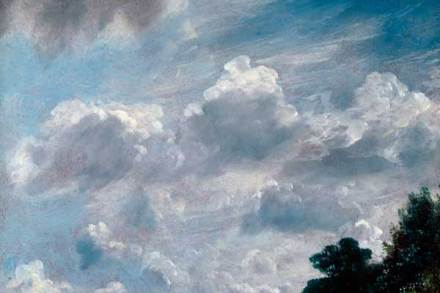Free spirits
‘Gypsies seem to have been born into the world for the sole purpose of being thieves,’ Cervantes begins his story of The Little Gypsy Girl. ‘They are born of thieving parents, they are brought up with thieves, they study in order to be thieves, and they end up as past masters in the art of




















